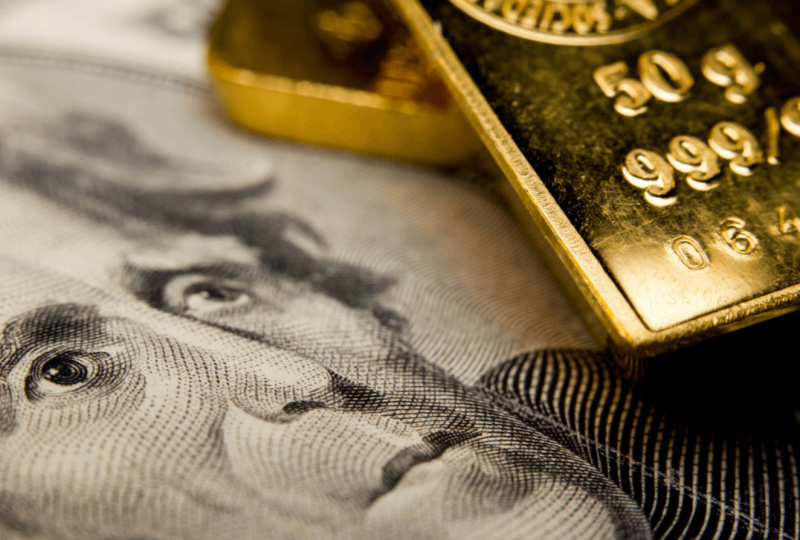Gold Has Been a Disappointment This Year. What Could Change That
Jul 21, 2022

Since the beginning of this year, gold prices have settled at their lowest level since the spring of 2021, failing to demonstrate their usefulness as a haven investment.
A crucial index that measures the performance of equities involved in the gold mining industry also hit a more than two-year low.
Nevertheless, it could be a safe bet to say that, under the appropriate circumstances, the metal will once again demonstrate how valuable it is to investors.
The price of gold dropped to $1,700.20 per ounce on July 20, its lowest closing price since March 30, 2021, as a result of rising interest rates and a strong dollar, while the NYSE Arca Gold Miners index recently declined to 701.80 intraday, its lowest level since April 2020.
According to Peter Spina, president of GoldSeek.com, gold has been caught in a trading range for the past couple of years, with the high $1,600s on the lower end and strong resistance just under and beyond $2,000 — and that range is likely to be what the market will see as the year comes to a finish.
However, he asserts that a sign that the U.S. Federal Reserve is about to stop raising rates would cause a significant reaction in gold prices, possibly pushing prices as high as the upper end of their trading range.
Hot U.S. inflation data have stoked concerns about higher interest rates, increasing the possibility of a recession. The June U.S. inflation estimate revealed a climb to a nearly 41-year high of 9.1 percent, supporting predictions for more Fed interest-rate rises.
In the past, investors have used gold to counter inflation losses, but increases in interest rates by central banks and the strength of the dollar have managed to diminish the metal's appeal.
The idea of using gold as an inflation hedge was developed almost 50 years ago in a market that was "nearly wholly different from the current market," according to Paul Wong, the market strategist at Sprott Asset Management.
According to him, gold and the Swiss franc were the "primary receivers of safe-haven flows" in the 1970s. As central banks now have influence over liquidity levers, their policies "have evolved into the dominant driver of market expectations." In an effort to fight inflation, the Fed announced a 75 basis point rate rise in June, the largest since 1994.
According to Wong, gold has suffered in the near run in both scenarios due to "inflation and concomitant recession worries that began to solidify at the end of Q1 and have increased subsequently." But "selling flows much surpass whatever message inflation, or recession, has on gold," according to this statement.
Wong sends a warning about additional dips in the near future, maybe followed by a rise. According to him, gold prices might "temporarily fall to levels that may surprise." Writing out gold, however, "may be premature" since "there is an adage that bear markets never conclude with a yawn and a shrug."
There are currently no indications of a significant turnaround. This month, gold prices are down over 6%, bringing the year-to-date decline to 7%.
The Fed would be forced to slow down and stop raising rates if the debt markets could no longer manage them, which would cause the currency to weaken, and "Western gold investors will start to add to positions," according to GoldSeek.com's Spina.
According to Spina, if gold prices do bottom out, there may be a chance to invest in gold mining equities. This year, the VanEck Gold Miners exchange-traded fund (GDX) has experienced a loss of more than 20%. According to Spina, gold miners conduct their business as if the price of gold were below $1,500.
He claims that the whole gold mining industry has been "decimated." "Gold stocks will have a large reverse rally as long as the gold price holds up here and starts to increase again."




